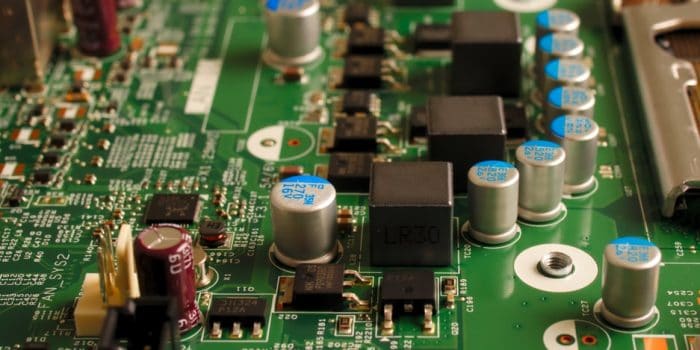Global spending on Artificial Intelligence research is set to reach $110 billion by 2024, according to the International Data Corporation. With such major advancements in AI recently, such as those courtesy of Google and Amazon, it is easy to see why people are excited to see what the future of AI will bring. However, one area AI is lacking in is to be able to learn and program itself quickly when faced with constantly changing conditions. This is what engineers at the Swiss Center for Electronics and Microtechnology aimed to solve.
Improving AI With Reinforcement Learning
While AI is an excellent tool when programmed correctly, it can find it difficult to come up with solutions to complex problems on its own. Computers tend to attempt every single workable possibility in the process, much like brute-force hacking. This is very time-consuming. In applications in which parameters can change in a short interval, such as HVAC systems, this latency simply wouldn’t do.
Fortunately, CSEM engineers have come upon a workaround. They found that you can skip the trial-and-error phase altogether by first training the computers on models that are simplified versions of their real-life counterparts. This is called reinforcement learning, and it has only recently been tested in complex mechanical systems like climate control.
Putting The Workaround To The Test
To test this workaround, the engineers applied their hypothesis on an HVAC system for a 100-room building. The AI was to control ventilation, air-conditioning, and heating functions using a three-step process. For the first step, the AI was primed with a simplified virtual training model. Simple equations gave brief descriptions of the building’s airflow and general structure. Next, more values were introduced, such as accurate temperature data, weather, and whether the windows and blinds were open, and for how long. This was layered on top of what the computer already learned from the basic data to develop its knowledge framework further. From what it had built so far, it could create reinforcement-learning algorithms that figured out how to manage the HVAC system for the entire building.
The last step was letting the computer apply these algorithms. The result was the overall power savings of over 20%. In the future, engineers are hoping to develop the AI to a state where it can diagnose issues with the HVAC system. This includes inefficiencies such as leaks and heater malfunctions, as well as health hazards like ineffective air filters. It can even go as far as to recommend proper air filter sizes for different parts of the vent system. This will allow property owners to take full advantage of custom filter services, such as those offered by filterking.com.
A Vast Amount Of Possible Applications
The implementation of reinforcement learning can make AI assistance more available for tasks that are very latency-sensitive. Within the context of climate control systems, AI control with reinforcement learning can help make the air flowing within buildings fresher and cleaner. It can even assist with pathogen transmission studies and prevention efforts, such as what engineers at the University of Saskatchewan are studying now.
The success of this experiment is a major step for self-learning AI as a whole. The wide range of applications it can have means that AI will be more accessible to more fields. The assistance this can give to R&D will be invaluable, and the possibilities innumerable.


